It’s a hard thing, harder than it should be, to film a detective story. Is Billy Wilder’s version of Agatha Christie’s Witness for the Prosecution the greatest of them? She certainly thought it was better than any other version of her work though Wilder fiddled and changed and did what he liked. Of course you have to distinguish somewhere along the line between the thriller and the old-fashioned detective story. Hitchcock made plenty of masterpiece thrillers though it’s significant that he told Truffaut that he disliked having to follow the plot-lines of a well-known book and that it had irked him with Daphne Du Maurier’s Rebecca (never mind the perfect casting of Laurence Olivier and Joan Fontaine, not to mention that towering sinister shadow – arguably the most famous piece of character acting ever perpetrated – Australia’s Dame Judith Anderson as Mrs Danvers.) But Hitchcock apparently wanted his own vision to be unimpeded by the sense of even a prior masterpiece and shied away from Dostoyevsky’s Crime and Punishment for this reason.
None of which is to deny the glories of what John Huston did with Dashiell Hammett’s The Maltese Falcon or the way Orson Welles was almost at the zenith of his powers in the vicinity of crime and mystery with Touch of Evil.
Where does that leave Australian crime when it comes to film, more particularly to book adaptations? When the late John Clarke and Sam Neill made their attempts at directing Stiff and The Brush Off respectively there was something about those laudable efforts to translate Shane Maloney’s hapless crime hero Murray Whelan, endearingly played by David Wenham, which never quite got the nonchalant combo of elegant mockery and elementary derring-do that make the books such a relaxing form of idle pleasure. There have been grander examples of the crime miniseries like Jane Campion’s magnificent first season of Top of The Lake (though not, alas, its second season) and the telemovie of Peter Temple’s The Broken Shore is very fine.
On the other hand, Guy Pearce always seemed an odd bit of casting as Temple’s genre sleuth, Jack Irish.
Oddly enough, it was his face and manner that came into my mind when I started reading Jane Harper’s The Dry – which must be one of the most seductive examples of a classic Australian detective story opening since The Mystery of the Hansom Cab.
The film of The Dry directed by Robert Connolly with Eric Bana as the detective who comes back to the town of his adolescent trauma has just become available for renting and it’s a bit of a winner for anyone who didn’t tiptoe into a cinema when it was first shown late last year.
And The Dry is probably ideally suited to TV watching because, despite parched country Australia as its setting, this is a film in the classic English country garden mode with suspicion falling on all comers which, because of its ratiocinative fascination, is one of the more difficult things to film because you have to find a way of bringing alive the puzzle.
Fortunately The Dry has a two-headed serpent of a plot which magnifies mystery without losing drama. Bana is a strong, sensitive detective, who as a teenager was implicated, or at any rate shadowed, by the disappearance of a girl from his intimate circle. He’s come back to his home town because his best friend from those long ago days nearly 30 years earlier has apparently gone mad and shot and killed his wife and child and himself.
The investigation of whether this was actually so involves him in an intense pas de deux with an old flame (Genevieve O’Reilly), confrontations with the father of the long-lost dead girl’s father (William Zappa) and in dealings with the dead mate’s parents, beautifully played by Julia Blake and Bruce Spence. Connolly produced Richard Roxburgh’s film of Rai Gaita’s Romulus, My Father which was a work of art with a cast of titans. The Dry isn’t that but it’s a good absorbing film and it has the great advantage of a script that captures the lilt and flatness of the Australian capacity for hyperbole and understatement with an abiding glory.
Got something to add? Join the discussion and comment below.
Get 10 issues for just $10
Subscribe to The Spectator Australia today for the next 10 magazine issues, plus full online access, for just $10.
You might disagree with half of it, but you’ll enjoy reading all of it. Try your first month for free, then just $2 a week for the remainder of your first year.

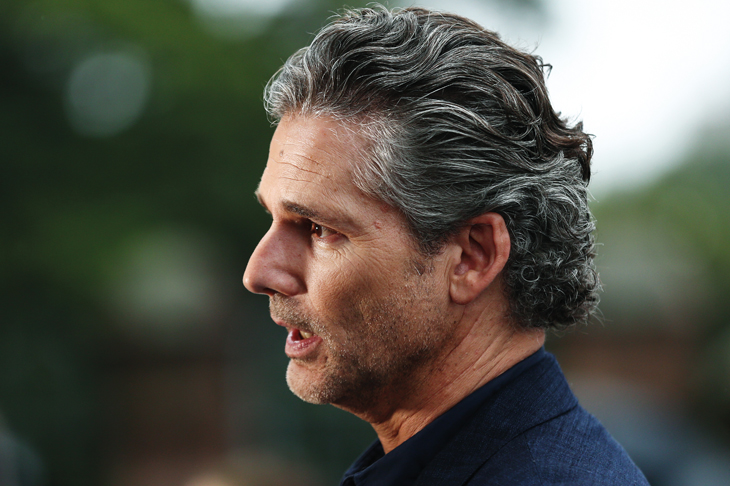
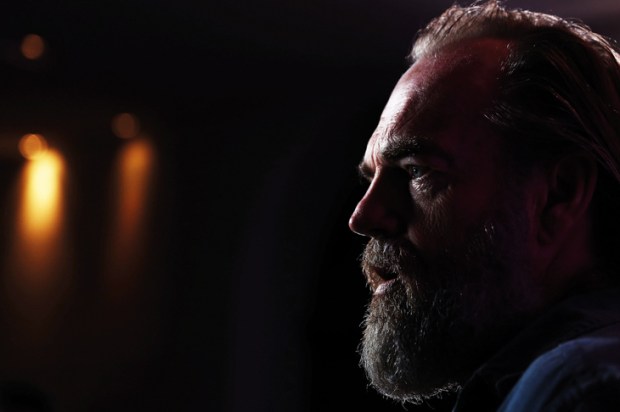
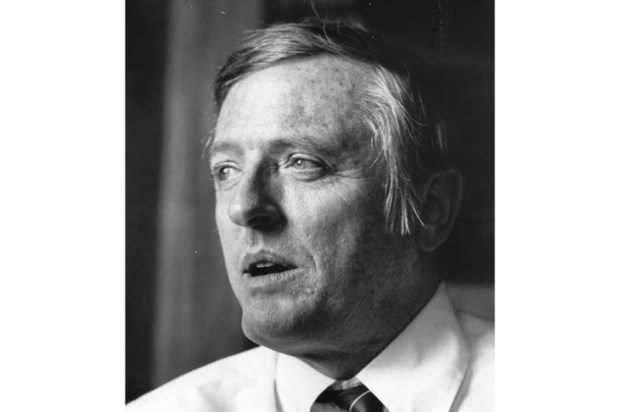
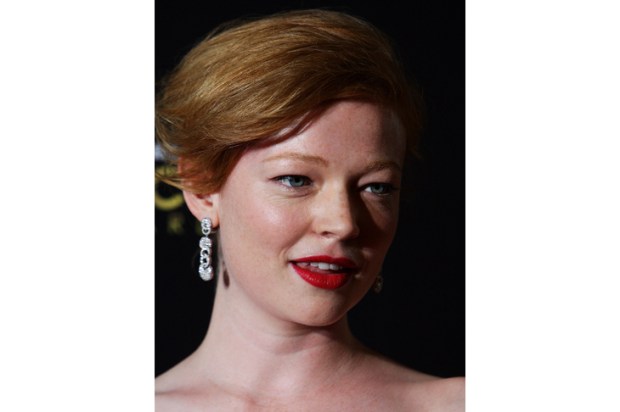
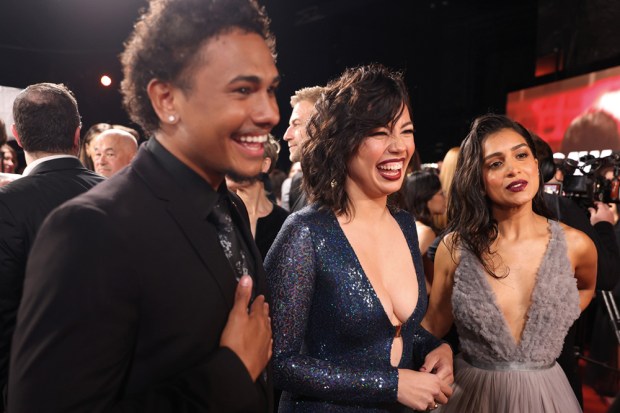
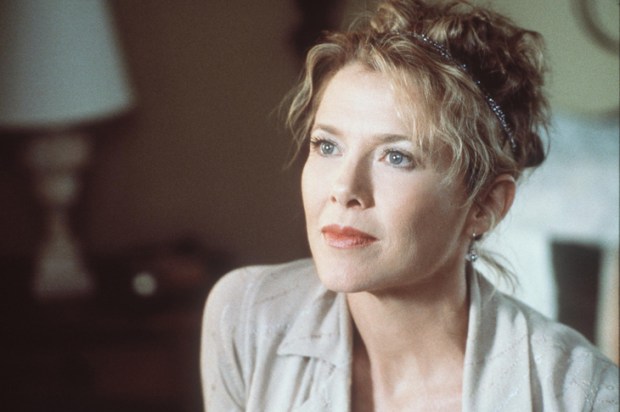
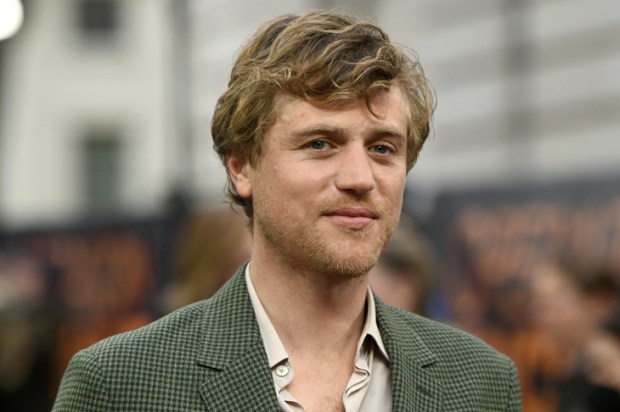






Comments
Don't miss out
Join the conversation with other Spectator Australia readers. Subscribe to leave a comment.
SUBSCRIBEAlready a subscriber? Log in